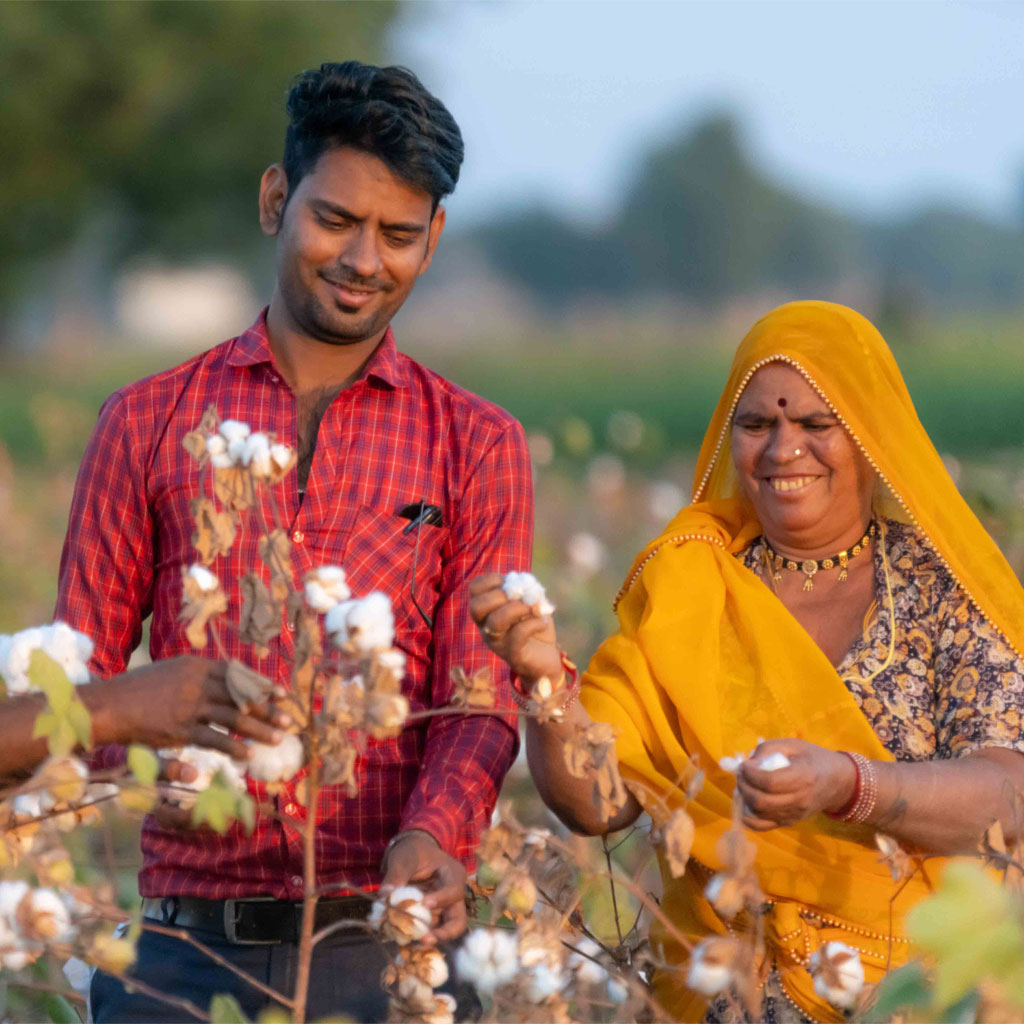Farm-level certification
Third-party certification bodies verify that organic farmers meet strict national organic laws and regulations. Organic farmers must keep records to show that they are meeting full organic standards 365 days of the year, and their farms are also inspected in person at least once a year.
It’s a big commitment for a farmer as certification also adds additional costs for them, including paying a fee to become certified.
Finished product certification
Finished product certifications like the Global Organic Textile Standard (GOTS) or Textile Exchange’s Organic Content Standard (OCS) are designed to ensure organic standards are respected as the fibres make their way along the supply chain. While neither is a farm-level standard, they both retain an awareness of what is happening on the ground through relationships with organisations like OCA.
There are three key parties that play a key role in the assurance process:
The standard-setting body
As standard-setting bodies, GOTS and Textile Exchange create standards for the segregation, identification, and volume reconciliation of organically grown content at each stage of the supply chain. Their standards are then enforced by certification bodies.
Certification bodies
Third-party certification bodies verify GOTS’ and Textile Exchange’s requirements through annual audits, as well as volume monitoring throughout the year. Each time goods like yarns or fabrics are sold, the certification body issues transaction certificates based on volume. This chain of custody requires everyone along the supply chain to do their part to ensure the standard of the certified material is maintained.
Accreditation bodies
Accreditation bodies monitor and assess the certification bodies to ensure that they are operating as intended. This assurance process allows GOTS and Textile Exchange to detect irregularities, in turn protecting the intrinsic value of the fibre and delivering confidence to consumers. If inconsistencies in volume arise, GOTS’ and Textile Exchange work directly with the certification bodies and accreditation bodies to resolve them.



